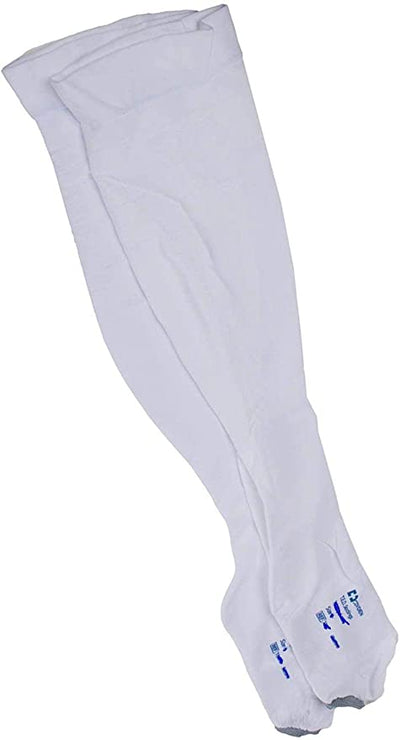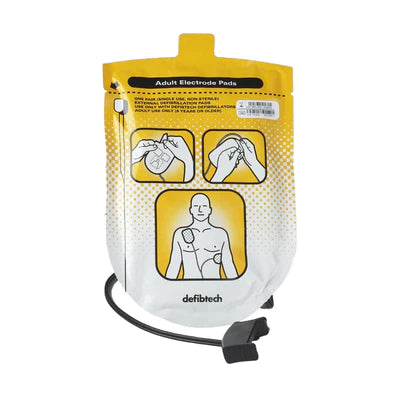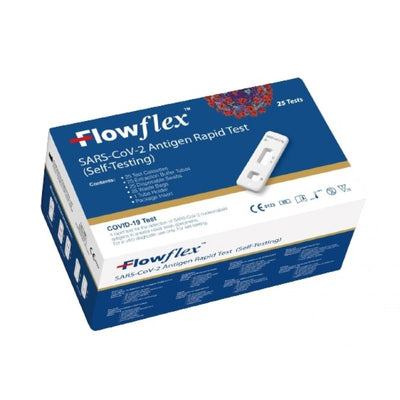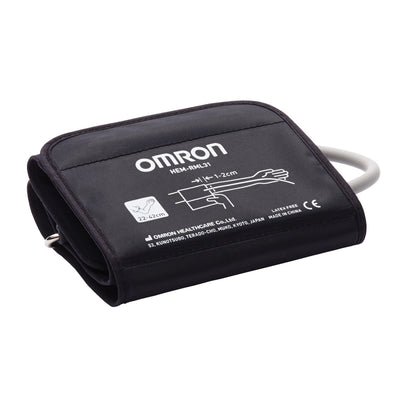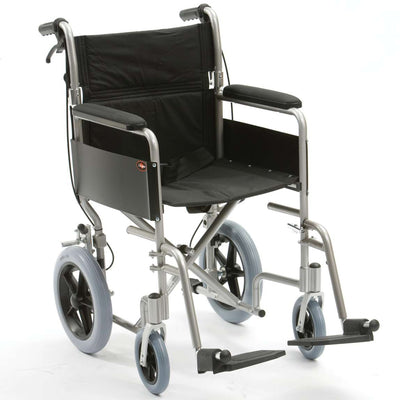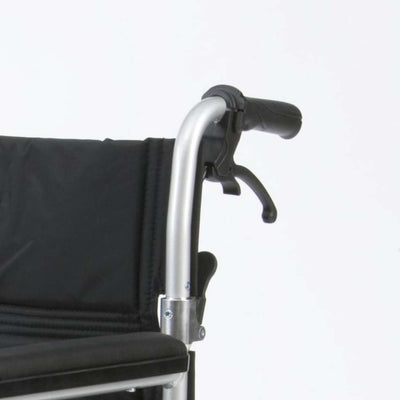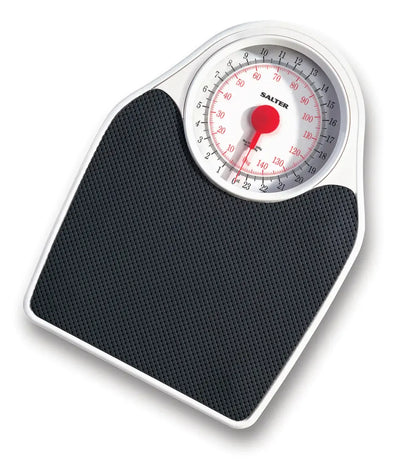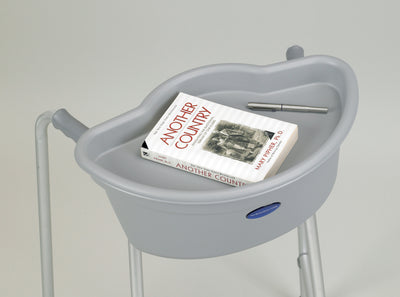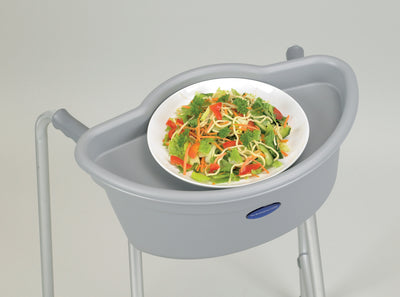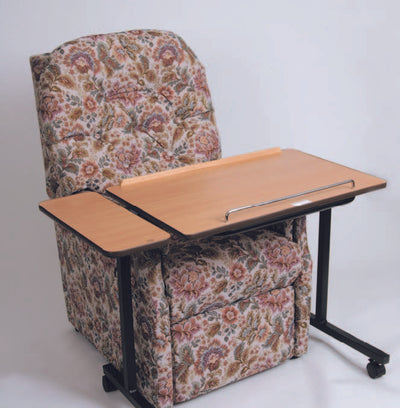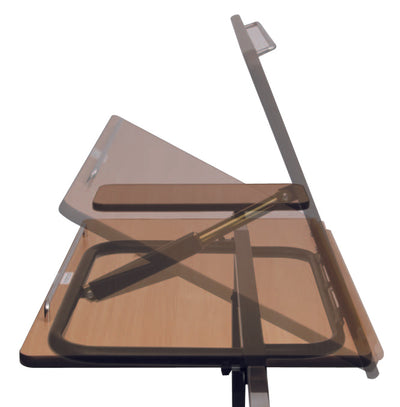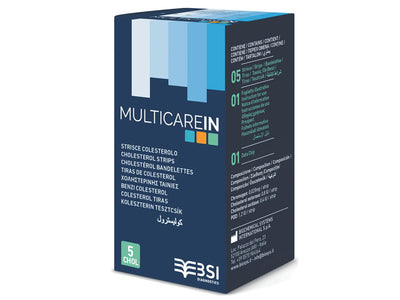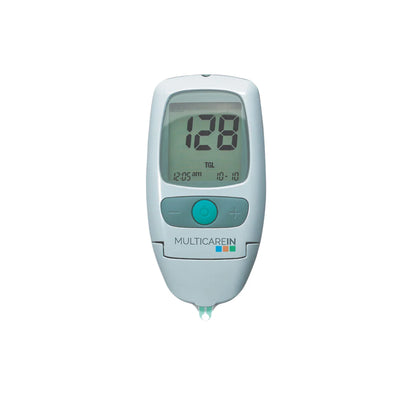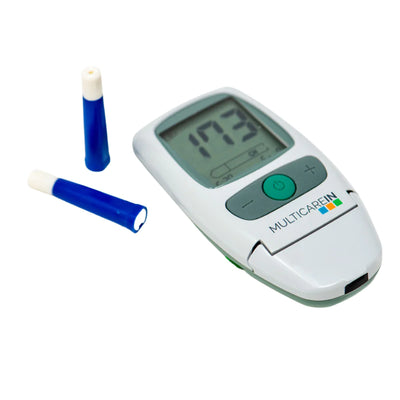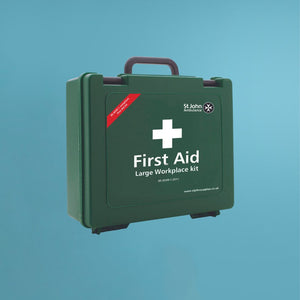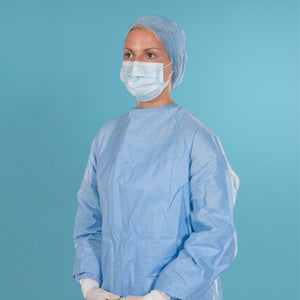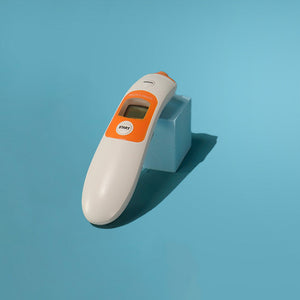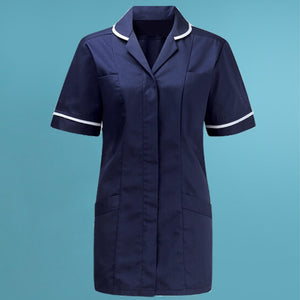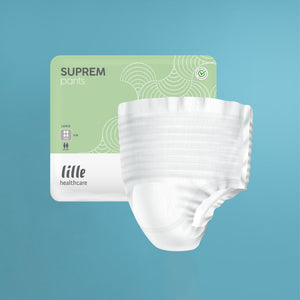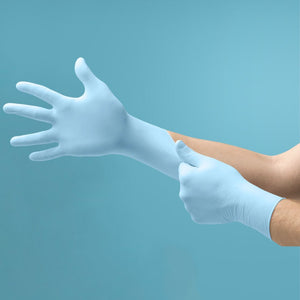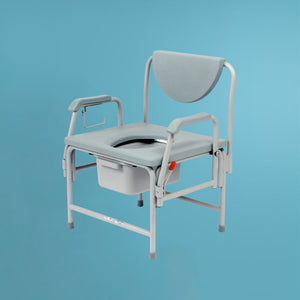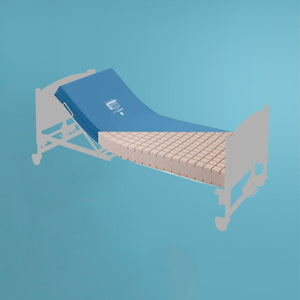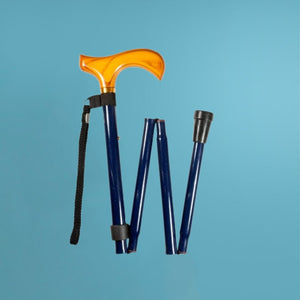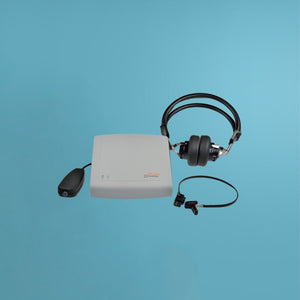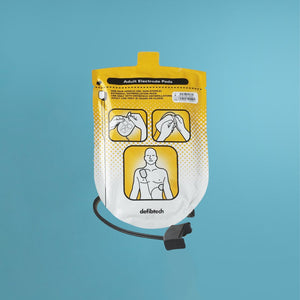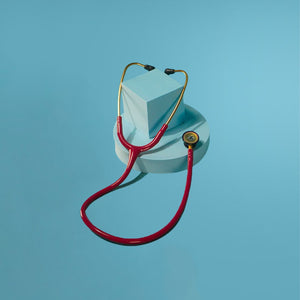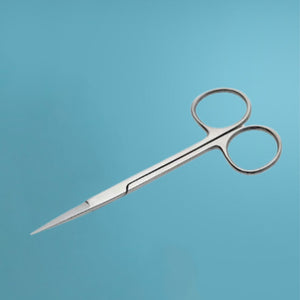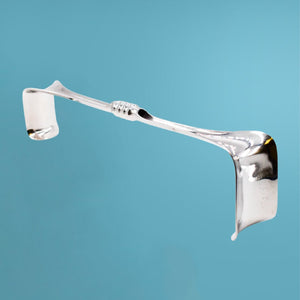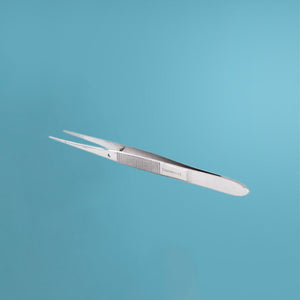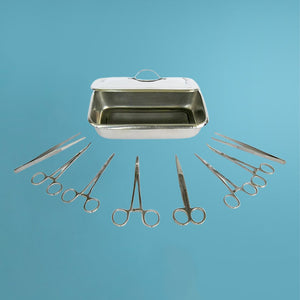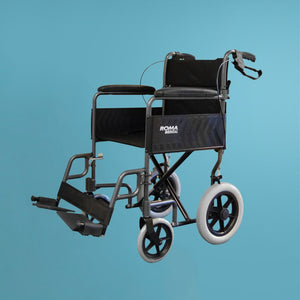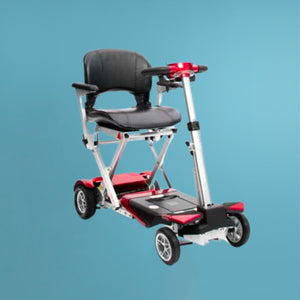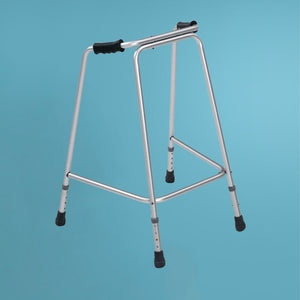Blogs
Empower your health journey with cutting-edge medical equipment for a better tomorrow.
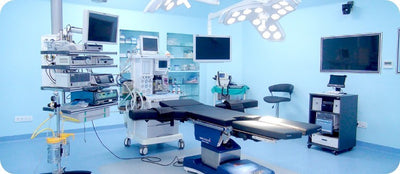
Guide to the Machines Used in an Operating Theatre
19.12.2023
Most operating rooms will be equipped with a wide range of specialised equipment. From basic monitoring instruments to high-tech, life-saving machines, each plays an important role in the operating room and the surgeries that take place in them.
Here’s a list of just some of the basic pieces of medical equipment you’ll find in any operating theatre:
Surgical Tables
Also known as operating tables, these are specialised medical devices used to support patients during surgery. They offer a stable and comfortable surface for the patient while also giving easy, unobstructed access to the patient’s body for the surgeon and other healthcare professionals.
Anaesthesia Machines
Anaesthesia machines and workstations are managed and controlled primarily by the anaesthetist. They store and deliver the anaesthetic drugs and gases used to provide pain relief and controlled sleep to the patient during surgery.
The anaesthesia workstation will contain the gas delivery system and breathing masks/circuit used to provide and control the flow of gas to the patient. It will also include monitoring devices to give accurate vital signs information on the patient’s heart rate, oxygen levels and blood pressure.
Ultrasound Machines
Also known as sonography machines, they are used to diagnose and monitor patients in a variety of surgical scenarios, including pregnancy & labour, cancer treatment and heart disease. Ultrasound Machines use high-frequency sound waves to create images of the inside of the body, which can then inform diagnosis or support the surgeon during treatments that might involve guide needle biopsies or even the removal of kidney stones or tumours.
Sterilising Machines
The sterility of an operating room and the equipment being used is vital and should be taken very seriously in the upkeep and maintenance of any surgery or operating theatres.
Sterilisation of surgical equipment, dressings, injections etc is necessary before any medical procedure can take place. Sterilising machines, such as an autoclave steam steriliser, are widely used in operating theatres to sterilise equipment and supplies under intense pressurised steam conditions.
Defibrillators
Defibrillators are an essential part of the operating theatre, and are not exclusively used in emergency situations. As well as being used to resuscitate a patient whose heart has stopped beating or has gone into cardiac arrest, a defibrillator can be used in theatre to simply correct an arrhythmia, a heartbeat that is uneven or that is too slow or too fast.
Surgical gowns, masks and gloves
These are disposable items worn by the surgeon and all surgery team members to protect the patient and themselves from contamination and infection. Surgical gowns, surgical masks and surgical gloves must be disposed of correctly, and replaced for each new procedure (or during if contamination or breakage has occurred).
These are just a few of the essential pieces of medical machines used in operating theatres. If you’d like to learn more about the surgical instruments used in operating theatres, take a look at our blog - A Guide to Surgical Instruments - What You’ll Find on a Basic Surgical Tray
Need more help with your Medical and Surgical Supplies?
We have over 40 years experience in medical, surgical, mobility and home health supplies and we're always on hand to chat if you need support or advice.
Learn More Now
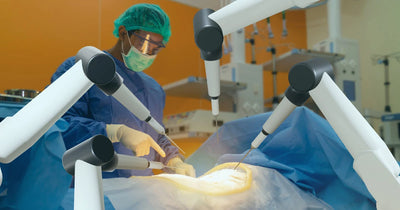
The Future of Robotics in Surgery
25.09.2023
Robots have been used in surgery for many decades but the technology has been prohibitively expensive and very few surgeons are fully trained in robotic surgery.
However that may be changing, as the future of the operating room is changing with more and more use of robotics coming into the fore.
Covid and Healthcare Robotics
The covid-19 pandemic saw a shift in the need for no-contact surgical procedures. The pandemic highlighted how reliant the healthcare system is on face to face, hands-on physical contact. So, in response, many more consultations began happening online and some specialist surgeries were even conducted using robots, allowing surgeons and healthcare staff to stay at a safe distance. This trend is expected to continue as technology and training develop.
Advantages of Robots in Surgery
Greater Precision: Once a patient is in the operating theatre and has received anaesthetic treatment, the surgeon can then operate from a remote console. Surgical robots are able to make more precise and smaller incisions on the patients. Surgeons are in full control and can operate with minute detail.
Advances in camera technology allow surgeons far better defined vision and magnification for intricate operations. The robotic instruments and technologies offer greater precision, articulation and freedom over the physical hand of the surgeon.
Quicker Recovery Times: Evidence suggests that operations conducted using robots can be less invasive and result in much quicker recovery times, as a result. Patients will spend less time recovering in hospital and can be back to work and regular life much more quickly. The knock on impact for patients and ongoing healthcare resources could be incredibly positive with this growing trend.
Improved Surgeon Experience: Robotic technology is advancing surgery in many ways, including the speed at which operations take place. Surgery is physically demanding for the surgeon, who could ordinarily be hunched over the operating table for several hours at a time. Surgery is back breaking work.
The use of robotic technology speeds up the procedures and means that the surgeon is able to sit or stand at their control console in a more ergonomic position.
Improving Healthcare Inequalities: Over five billion people across the world lack access to safe surgery and adequate healthcare. In fact, more people die from lack of access to surgery and healthcare than from HIV, malaria and TB combined.
Robotic and technological advances could help to improve this. Already surgeons are able to ‘attend’ any operating theatre around the world by using software that allows them to dial in and control surgical robots from their tablet or computer.
For all your Medical and Homecare supplies give us a call at Mediworld.
We have over 40 years experience in medical, surgical, mobility and home health supplies and we're always on hand to chat if you need support or advice.
Learn More Now
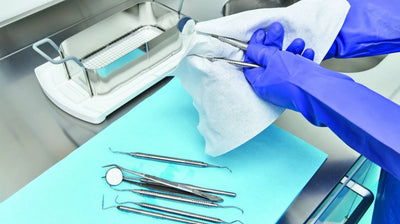
Sterilization and Maintenance: Best Practices for Surgical Equipment Care
09.10.2023
Cleaning and maintaining surgical instruments and equipment is a high priority for any hospital, clinic, or health care facility.
Let’s take a look at some basic principles for properly cleaning and sterilising your surgical instruments to keep them in good condition for years to come.
Post surgery cleaning steps
Rinse immediately:
After use and within the first 20 minutes, surgical instruments must be immediately rinsed in warm water to remove any built-up blood, tissue or other material from drying on the instruments and causing contamination.
Deep manual clean:
Once instruments have been rinsed they will require a deep, manual clean. Generally, this process will include pre-soaking, cleaning, and rinsing in a series of separate sinks.
During pre-soaking an enzymatic detergent or solution will be used to break down and remove surgical waste.
During the cleaning stage a soft brush made of stiff plastic or nylon will be used to clean hard to reach places or hinges on moving joints. Steel or wire brushes will damage and scratch the instruments and are to be avoided.
Instruments will be rinsed in warm water again to remove any cleaning product residue.
Ultrasonic Clean:
After the initial manual wash, surgical instruments will go through an ultrasonic clean - the most important step in the cleaning and sterilising process. Any instruments with visible marks or stains on them will not be allowed to go into the ultrasonic cleaner.
An ultrasonic cleaning machine converts the sound energy or ultrasonic frequencies into mechanical vibrations that agitate fluid and deeply clean the surgical instruments. The ultrasound provides a deep clean, and is particularly useful for hard to reach areas, while being gentle and non-abrasive on delicate instruments and devices.
Cleaning is the most important step in reprocessing a medical device. Without adequate cleaning, disinfection and sterilisation can’t be performed effectively.
Disinfection:
Once cleaned the tools will be inspected for damage. Those with hinged or moving pieces might be lubricated to keep them working well. Then a high level disinfectant will be used to remove any remaining contaminants.
Packing:
Clean, disinfected tools will then be packed in sterile packaging - woven, unwoven wraps or blister vacuum peel packs etc. Different packaging will be selected depending on the type of sterilisation needed for each instrument, as each is rated to withstand particular temperatures and heat cycles.
Sterilising:
The final stage is the sterilisation, which can be done using a number of different methods. Sterilisation will always happen in isolation in a sterile environment to avoid any accidental contamination of tools.
Sterilisation methods can vary but include - steam sterilisation in an autoclave machine, dry heat, radiation, chemical and vaporised hydrogen peroxide sterilisation.
Storage:
Once properly packaged and sterilised, the surgical tools will be stored in sterile containers in decontaminated and sterile storage facilities.
A properly sterilised and packaged surgical instrument can remain sterile and good for use in surgery for as long as 2 years.
Need help with buying surgical equipment? We're always here to help so get in touch today.
For all your Medical and Homecare supplies give us a call at Mediworld.
We have over 40 years experience in medical, surgical, mobility and home health supplies and we're always on hand to chat if you need support or advice.
Learn More Now

A Guide to Surgical Instruments - What You’ll Find on a Basic Surgical Tray
09.10.2023
If you’re a medical student, starting your surgical training or you’re a student nurse on theater placement you’ll be learning about a whole host of new surgical instruments and equipment. Knowing what they’re all called and what they all do is going to be a big part of your upcoming training.
So here’s an easy to follow guide taking you through the instruments you’ll find on a basic surgery tray and what they will be used for.
What Types of General Surgery Instruments are there?
In general, a basic surgical instrument tray will hold instruments from these 5 different categories:
Cutting instruments
Grasping instruments
Haemostatic Instrument
Retracting Instruments
Tissue Unifying Instruments
Cutting Instruments:
Surgical Scissors are specially manufactured for cutting sutures, dressings as well as dissecting and cutting biological tissue. They can be straight or curved and are usually made from surgical steel or material that allows their cutting edges to be sharper and more durable.
There are two main mechanical types of scissors used in surgery:
Ring scissors, which look and work very much like regular scissors. These will include Mayo Scissors or long handled scissors, used for cutting soft or hard tissue.
Spring forceps, which rely on a spring pivot joint action and are used mostly in eye surgery or microsurgery.
Grasping Instruments:
Grasping instruments are used to hold or manipulate tissue during surgical procedures. Predominantly, these would include items such as forceps and clamps, as well as surgical clips used for holding drapes in place during surgery.
Forceps can be ratcheted for holding tough tissue, tissue that needs to be removed or muscle. They can also be smooth like the Gillies Tissue Forceps and used for more gentle grasping where tissue mustn’t be manipulated without being damaged.
Haemostatic Instruments:
Haemostatic instruments are used to stop bleeding during procedures. These are also forceps but, notably, are designed to have better grip than those used for grasping.
Instruments like Spencer Wells Forceps are haemostatic and are ratcheted with either straight or curved jaws, with ridged teeth. Haemostatic forceps work by clamping shut blood vessels to effectively stop any bleeding.
Retracting Instruments:
Retracting instruments are used to separate the edges of an incision or wound and allow clearer access to the body parts that need to be operated on. They hold away organs and tissues that might be blocking the way to the area of importance to the procedure.
Surgical retractors come in a variety of different shapes, each designed for specific purposes. Some will have right-angled end, like the Richardson Retractor, for separating the edges of an incision while others like the Travers Self Retraining Retractor will be used to keep deep wounds and incisions open and have a ratchet system in the handle which allows it to hold itself in place.
Unifying Instruments:
Unifying instruments are used to reunify tissue towards the end of the procedure. These include surgical needle holders used to hold suturing needles when sewing body tissue by hand.
It also includes surgical needles and staples used to suture wounds, incisions and tissue.
While this is by no means an exhaustive list of the surgical items you’ll come across in a basic surgical instrument tray, it will provide a rough guide to the kind of items you’ll need to know and understand in your training.
Need more help? We stock a huge variety of surgical instruments and equipment.
For all your Medical and Homecare supplies give us a call at Mediworld.
We have over 40 years experience in medical, surgical, mobility and home health supplies and we're always on hand to chat if you need support or advice.
Learn More Now

Top 6 Must-Have Items for Nursing Professionals
18.09.2023
Whether you’re just starting out as a nurse or you’ve been practicing for years you’ll now the importance of having your own kit list of good quality go-to items that will help to make sure you can get on with the job quickly and safely.
We’ve been supplying the medical industry for almost 50 years and here are the six must-have items that we recommend for nurses:
Stethoscope: Do nurses need their own stethoscopes? The answer is definitely yes. Diagnostic patient care is at the centre of nursing and having your own stethoscope that you know and trust will make sure that you’re able to perform this part of your job better. Be sure to buy a good quality stethoscope that you’ve tried out for size and function. We highly recommend the Littman range of stethoscopes for all medical professionals.
Nurses Scissors: Nurses frequently need to cut dressings, tape, and bandages. Having a pair of reliable scissors, as well as more specialist bandage scissors and curved scissors in your pocket will ensure you can quickly and safely perform necessary procedures.
Fob Watch: While a wrist watch might be off limits for hygiene reasons, you’ll need a reliable watch with a second hand for those time-sensitive tasks, pulse rate measurements and respiratory checks etc. Designed to be pinned onto the uniform, these fun fob watches come in some great colours and styles.
Comfortable Shoes: A nurse’s step count is usually very high! Walking between beds, up and down flights of stairs, to and from patients and medical supply areas requires a good pair of very comfortable nurses shoes. Look for shoes specifically designed for healthcare professionals, with features like cushioning and slip resistance.
Compression Socks: You’re on your feet for hours on end and, especially when it’s hot, your legs and ankles can start to swell and become uncomfortable. Wearing a good pair of compression socks during your shift, or for a few hours afterwards, will help improve circulation and reduce leg fatigue.
Spare Scrubs: Accidents, spills and clothing tears happen and most nurses will know that having to change your clothing during a shift is not unusual. Stock up and make sure you have a spare pair of scrubs - tunic and trousers - to hand.
June 2023
Learn More Now

Medical School Essentials
19.09.2023
With the new academic year approaching, it's time for all you medical students to start buying the medical equipment you’ll need to embark on your studies. It’s a hugely exciting time and making sure you’re prepared with all of your essential kit will help to keep you on track and ready to hit the books!
Here are our 5 must have items to get your medical studies off to a great start.
Stethoscope
Many medical schools will require you to have a stethoscope on day one. Stethoscope makes can vary a great deal, so investing in a good quality one is always a sensible idea.
When you’re shopping for a stethoscope, there’s no substitute for trying out different styles.
Ask to try it on and check if the ear tips sit snugly and comfortably in your ears.
Make sure the ear tips point towards your nose.
Check if the headset is adjustable to ensure the most comfortable and effective ear positioning.
Put the tuneable diaphragm on your (or the shop assistant’s) chest to check you can hear a heartbeat and assess how clear and loud the sound is.
Hold the stethoscope by the headset and check for kinks in the tubing as it hangs - you’re looking for the tubes to hang as straight as possible.
Invest in a brand like Littman that offers spare parts for stethoscopes to keep yours going for years to come.
Choose a great colour!
Knowing that a stethoscope is a must-have item, you need to store it appropriately. Storing by hanging is not always a good idea; you might knock it by accident. Therefore, a stethoscope case is a very vital item having it will prolong the life of your stethoscope.
Your stethoscope might be one of your larger investments so you’ll want to make sure it doesn’t get lost or stolen so you might want to have it engraved with your name and details or buy a stethoscope tag.
Scrubs
Medical scrubs are another must-have if you’ve enrolled in a medical course. Some institutions will require you to wear scrubs to lessons while others will only expect you to wear them during lab or clinical sessions. Either way you’ll need several pairs.
Make sure you know the colour of scrubs you’re required to have before buying. Thankfully these days there’s a range of fits and styles available including unisex scrubs and women’s scrubs for a better fit.
Try to find the softest material you can as you’ll want to be as comfortable as possible if you’re wearing them all day.
Blood Pressure Kit
Also called a sphygmomanometer, you’ll want to make sure you buy a good quality blood pressure kit for your studies.
One of the first things you’re like to learn in medical school is how to take blood pressure and you’ll be regularly tested on this throughout your studies. If you go into general practice it will be one of the most common examinations you’ll perform on your patients. So it’s really important to get yourself a good blood pressure monitor that you can read clearly and that feels substantial on the cuff, bulb and tubing.
Tendon Hammer
A tendon or patella hammer might not be on every essential kit list but they can often be in short supply in clinics so it’s worth making the very small investment to have your own one. You’ll use your tendon hammer in a good number of clinical assessments including lower limb examination, upper limb examination, clinical neurological examination, and any other kind of analysis involving nerves and tendons.
Other must haves
A good first aid book
Comfortable light-weight, washable shoes for clinical environment
A good backpack
Tourniquet
Fob Watch - great for use in sterile environments and available in some lovely colours!
Pen torch for examinations
Why not try one of our Medical Student Starter Packs complete with Littman Stethoscope, Tourniquet, Fob Watch and Pen torch!
Need more help? We're always here to help so get in touch today.
For all your Medical and Homecare supplies give us a call at Mediworld.
We have over 40 years experience in medical, surgical, mobility and home health supplies and we're always on hand to chat if you need support or advice and don't forget to read our other great health blogs!
August 2022
Learn More Now
